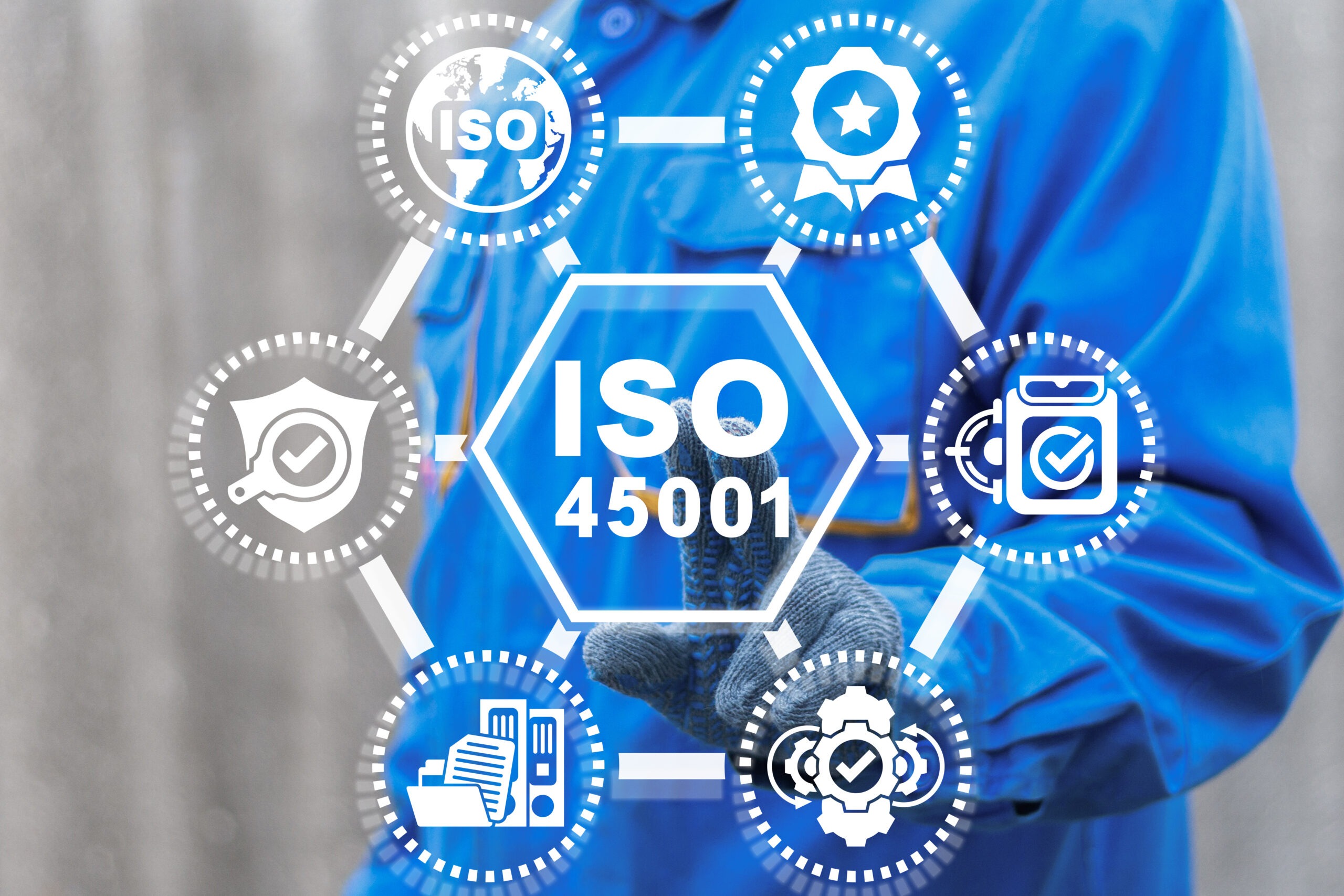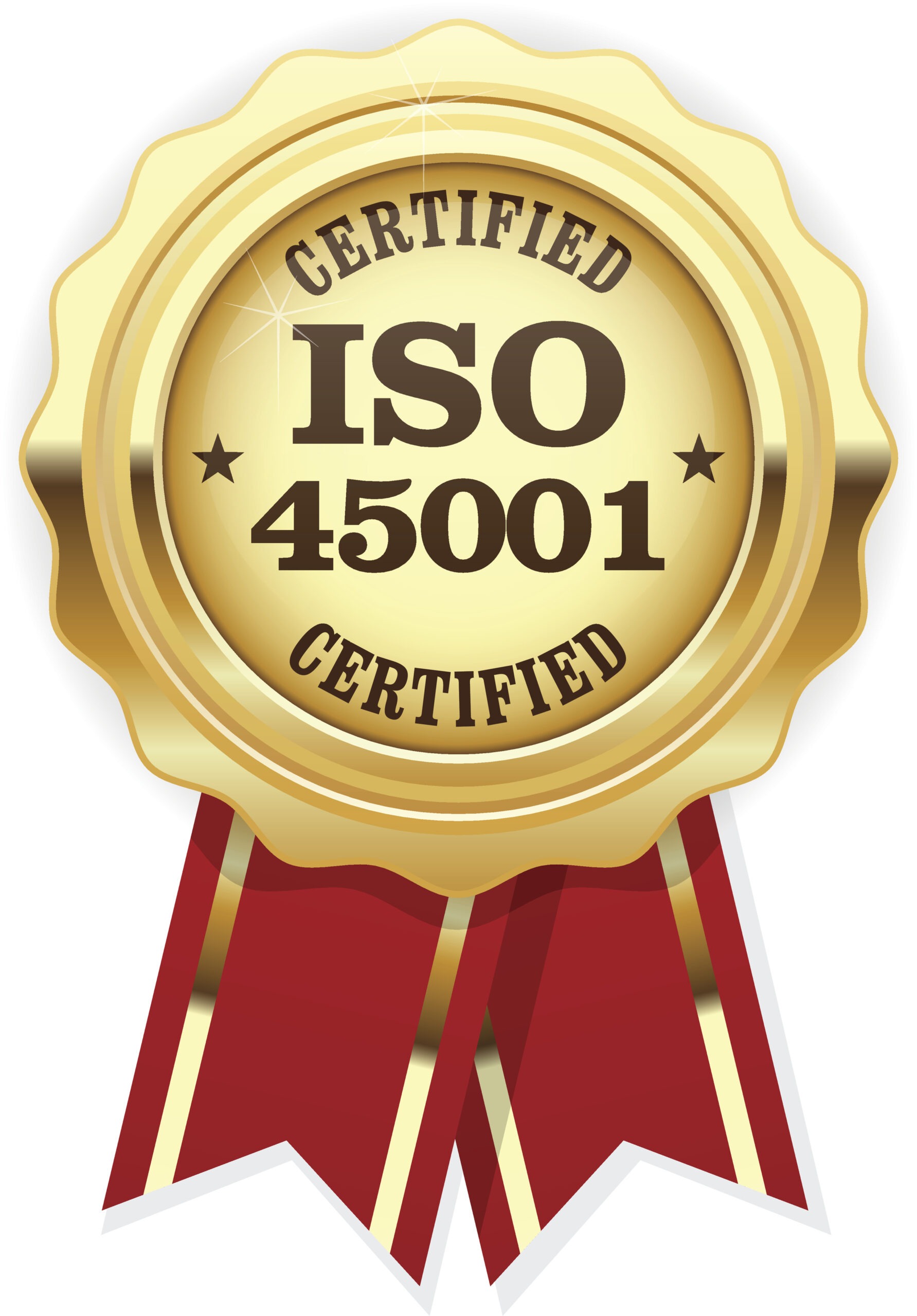ISO 45001 Lead Auditor

ISO 45001 is an international standard for occupational health and safety (OH&S) management systems. It provides a framework for organizations to establish, implement, maintain, and continually improve policies and practices related to workplace health and safety. The goal of ISO 45001 is to ensure the safety and well-being of employees and other stakeholders while preventing work-related injuries, illnesses, and fatalities.
Key aspects of ISO 45001 include:
- Context of the Organization: Organizations are required to consider the internal and external factors that can impact their OH&S management system. This includes understanding the needs and expectations of interested parties, such as employees, regulators, and the community.
- Leadership and Worker Participation: Top management plays a crucial role in providing leadership and commitment to the OH&S management system. Worker participation is also emphasized to ensure that employees are actively involved in safety-related decision-making.
- Risk Assessment and Management: ISO 45001 emphasizes the identification of OH&S hazards, assessment of risks, and implementation of controls to eliminate or mitigate these risks. A risk-based approach is integral to the standard.
- Legal and Regulatory Compliance: Organizations must identify and comply with applicable OH&S laws and regulations, as well as other requirements related to workplace safety.
- Objectives and Targets: Organizations set specific OH&S objectives and targets, which are measurable goals aimed at improving workplace safety performance.
- Operational Control: Procedures and processes are established to manage operations that have an impact on OH&S.
- Emergency Preparedness and Response: Organizations need to develop and implement plans and procedures for responding to OH&S emergencies.
- Monitoring and Measurement: Regular monitoring and measurement of OH&S performance are essential to track progress toward objectives and targets.
- Incident Investigation: Organizations must investigate and analyze incidents (e.g., accidents, near-misses) to determine their causes and prevent recurrence.
- Communication: Effective communication of OH&S information to employees, contractors, and other relevant parties is essential.
- Documentation: ISO 45001 requires the maintenance of documentation, including an OH&S policy, procedures, records, and reports.
- Continuous Improvement: Organizations are encouraged to continually improve their OH&S performance and the effectiveness of their OH&S management system.
Achieving ISO 45001 certification involves a structured process, which typically includes the following steps:
- Commitment: Top management must commit to implementing and maintaining an OH&S management system.
- OH&S Policy: Develop and communicate an OH&S policy that reflects the organization’s commitment to workplace safety.
- Hazard Identification and Risk Assessment: Identify and assess OH&S hazards and risks within the workplace.
- Legal Compliance: Identify and ensure compliance with applicable OH&S laws and regulations.
- OH&S Objectives and Targets: Set specific OH&S objectives and targets based on the risk assessment.
- Implementation and Operation: Implement the OH&S management system, including procedures, training, and communication.
- Monitoring and Measurement: Establish processes for monitoring and measuring OH&S performance.
- Incident Reporting and Investigation: Develop procedures for reporting and investigating incidents.
- Internal Audit: Conduct internal audits to assess the effectiveness of the OH&S management system.
- Management Review: Top management should review the OH&S management system to ensure its continuing suitability, adequacy, and effectiveness.
- Certification Audit: Engage a certification body to conduct an independent audit to assess compliance with ISO 45001.
- Certification: When the audit is successful, your organization can achieve ISO 45001 certification.


We are ISO 45001 Lead Auditor
Certified Exemplar Global , Certificate Number: IMS/LA/ACHF
We are responsible for ensuring that an organization’s Occupational Health and Safety Management System (OHSMS) conforms to the requirements of ISO 45001, an international standard for occupational health and safety.
Our role is evaluating and enhancing an organization’s occupational health and safety management.
We help organizations meet ISO 45001 standards, improve workplace safety, reduce occupational hazards, and protect the health and well-being of employees.
We are approved by certification bodies, consulting firms.
We work within internal audit teams in organizations seeking ISO 45001 certification or aiming to improve their occupational health and safety practices.


ISO 45001 certification is valuable for organizations seeking to prioritize workplace safety, protect employees, and enhance their reputation. It demonstrates a commitment to creating a safe and healthy work environment and can be a competitive advantage in the marketplace. To maintain certification, organizations must continue to improve their OH&S performance and comply with the standard’s requirements.
